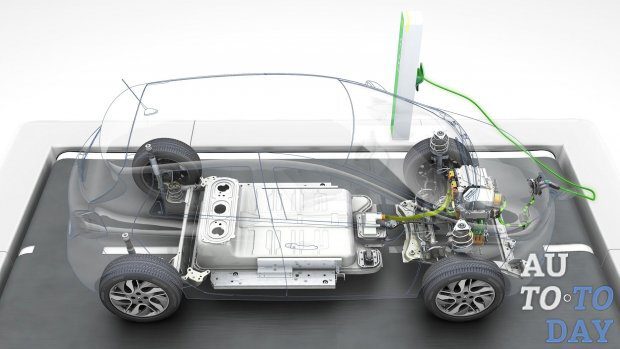
Electric car: how much power does it work?
Content
Kilowatt and motorization
In an electric car, you have to worry about more than just the battery. The engine too. Here again, the power is first expressed in kW.
There is also a correspondence between kW and the old measurement in horsepower: it is enough to multiply the power by 1,359 ... For example, the Nissan Leaf SV engine has 110 kW or 147 horsepower. Moreover, if horsepower is a characteristic associated with thermal vehicles, EV manufacturers continue to report the equivalent so as not to lose the consumer.
Electric Vehicle Voltage: Impact on Your Electricity Contract
Thus, watts and kilowatts are the most widely used electrical units in the electric vehicle industry. But in an electric car, voltage is also important. For example, Tesla Model 3 batteries operate at 350 V.
AC or DC Current?
The electricity we get from the grid is 230 volts AC. This is so called because the electrons regularly change direction. It is easier to transport, but must be converted to direct current (DC) so that it can be stored in an EV battery.
You can connect your car to 230 V. However, the car uses direct current to operate. Therefore, to switch from AC to DC in electric vehicles, a converter is used, the power of which can be more or less important. Accounting for the power of this converter is important because in the case of home charging (i.e. in the vast majority of use cases) it can affect your electricity subscription.
Indeed, when you subscribe to such a subscription, you have a certain meter power, expressed in kilovoltamperes (kVA, although it is equivalent to kW): most electricity meters have a range from 6 to 12 kVA, but can be up to 36 kVA if necessary.
However, we covered this in detail in our article on the relationship between electric recharging and electricity meter: recharging an electric vehicle alone can consume a significant portion of your subscription. For example, if you have a 9kVA subscription and your car is charged at 7,4kW (via
wall box
for example), you will not have much energy left to power other equipment in the house (heating, outlets, etc.). Then you will need a larger subscription.
Single phase or three phase?
With this information in mind, you can now choose your own charging power. Of course, the more powerful the charge, the faster the car will charge.
For a certain power, we can choose a three-phase current , which therefore has three phases (instead of one) and allows more power. In fact, the motors of electric vehicles themselves use three-phase current. This current becomes necessary for the fastest recharges (11 kW or 22 kW), but also for meters over 15 kVA.
You now have new information to help you make informed charging choices and better understand how it works. If necessary, IZI by EDF can help you install a charging station in your home.
